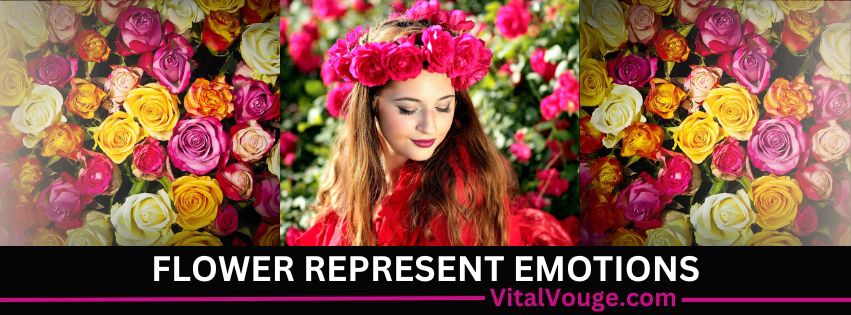
FLOWERS REPRESENT EMOTIONS
Humans have a natural tendency to assign meanings to inanimate objects, and flowers and plants have held symbolic significance throughout history. From love and affection to friendship, disdain, and grief, various emotions have been represented by different plants. With Valentine’s Day coming soon, it’s a great time to learn about the meanings of flowers and what they represent. Religion, culture, literature, and folklore have all shaped the meanings of flowers. The flower language is called floriography, and for over 200 years, many books have been written to explain the meanings of plants and flowers. Flower language is especially important in love and relationships.
HISTORICAL PERSPECTIVE
The meanings of flowers gained popularity during the Victorian era when openly expressing emotions was often discouraged. People used flowers to convey their feelings in a subtle way. For instance, a bouquet of white lilies represented virtue and purity, while crimson roses symbolized passionate love. Even today, the symbolic meanings of flowers remain a powerful form of nonverbal communication. Flowers and their colors conveyed messages that felt too risky to express in words.
IMPORTANCE OF GIVING AND RECEIVING STYLE
Back then, giving or receiving flowers was very serious, especially between unmarried people. A bouquet from a gentleman or a boutonniere from a lady held a secret language with great significance. The type and color of each flower, how they were arranged, and even which hand was used to give or receive them all carried special meanings.
Flowers worn or held close to the heart showed that the giver was accepted and liked. A bouquet held downward meant rejection. An upside-down bouquet meant the opposite of the flowers’ usual meaning. Where a woman wore a flower from a man showed if she saw him as a friend or a romantic interest.
COLOUR LANGUAGE OF FLOWERS
Each flower has its own meaning, and the color adds to it. Red roses are famous for representing romantic love, but other colors have meanings too: pink roses mean affection, white roses stand for chastity and virtue, and yellow roses symbolize friendship and devotion.
FLOWERS SHOW EMOTIONS
Here is the list of few flowers with their true emotional meanings down below;
ROSES: SYMBOL OF LOVE
Red roses are essential for romantic classics, usually the first flowers people think of when it comes to love. Their bright red color is known for representing passionate romance. Red roses are a popular choice for Valentine’s Day, anniversaries, or just to show love. The flower also conveys emotions and affection for someone special. Florists often recommend them for romantic occasions because everyone knows they mean love.
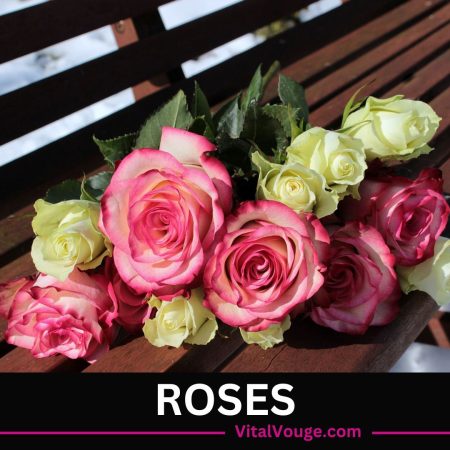
2. LOTUS: SYMBOL OF PURITY
Lotus flowers grow from mud but come up clean, so they are seen as symbols of purity. Each night, they go back to the mud and magically bloom again in the morning. To gain wisdom, you must first face life’s obstacle and suffering. Mud represents the common challenges we all share in life. Weather we have everything or nothing, we all deal with sadness, loss, illness and death. To be kinder and more compassionate, we need to grow like the lotus. They are a symbol of rebirth, self-renewal, and enlightenment.
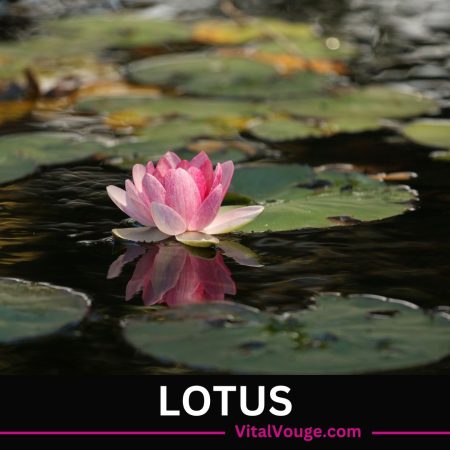
3. SUN FLOWERS: POSITIVITY AND HAPPINESS
Sunflowers represents the joy, happiness and positivity. Their bright yellow petals and big, cheerful blooms represent warmth, devotion, and happiness. Giving someone a sunflower bouquet can make their day and show appreciation. While flowers have different meanings, sunflowers always bring joy. It also symbolizes long-lasting happiness, as most varieties stay in full bloom throughout the summer. The cheerful yellow petals encourage us to embrace joy, seek out light, and stand tall in tough times.
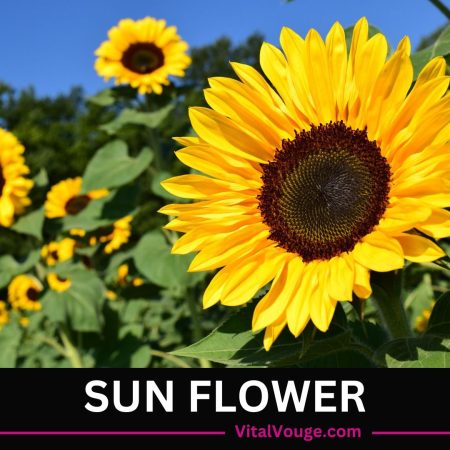
4. MARIGOLD: SYMBOL OF GOOD LUCK
Marigolds symbolize good luck and the divine. Its fragrance is thought to keep away negative and evil spirits. Its color symbolizes the warmth and energy of sun and shows enthusiastic approach towards life.
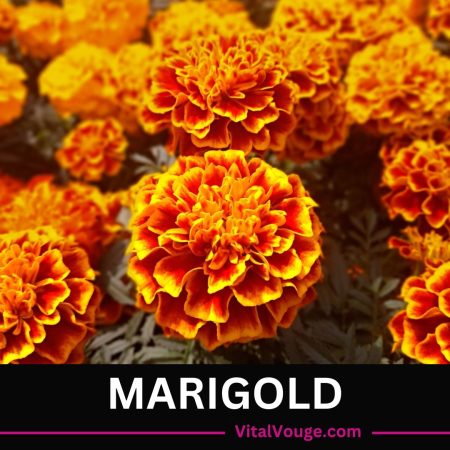
5. WHITE LILLIES: SYMPATHY AND CONSOLATION
White lilies are often linked to morality, compassion, and purity. At funerals and memorials, they represent the purity of the person who has passed away and offer comfort to the mourners. Their calm and peaceful look makes them a good choice for these occasions.
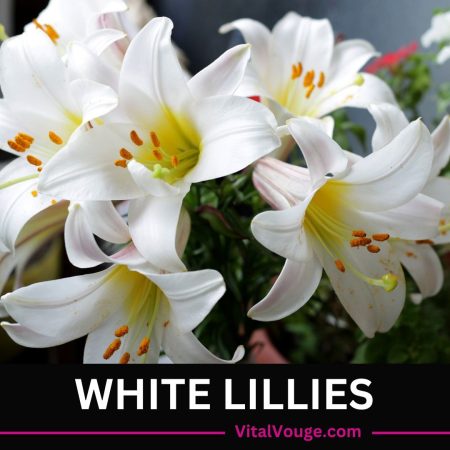
6. FORGET-ME-NOT: A REMINDER
Forget-me-not flower symbolize what their name suggests: true love and cherished memories. These small, delicate flowers would be appreciated by a distant friend or a long-time partner.

7. DAISIES: INNOCENCE AND SIMPLICITY
Daisies symbolize new beginnings, innocence, and purity. They remind us of childhood and happy times. Daisy bouquets are great for celebrating new starts, like family or job changes. Their bright appearance lets you express many feelings without saying a word.
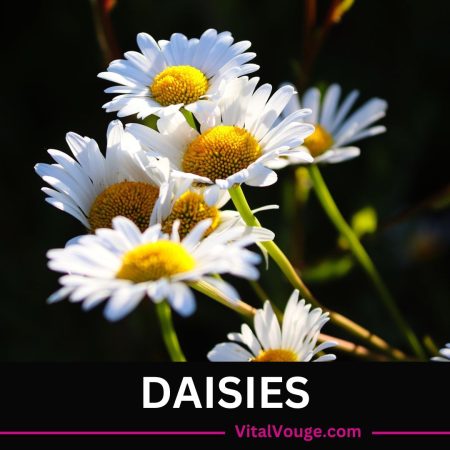
8. JASMINE: PURITY AND VIRTUE
It is a symbol of purity of heart and mind, focused on the positive things and far from distractions. It’s often used in bridal bouquets to show the bride’s innocence and the purity of her love.
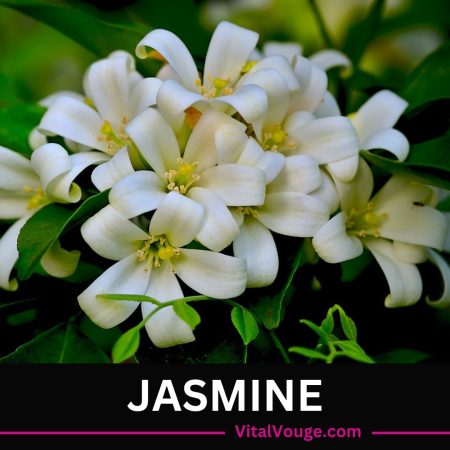
9. LAVENDER: SERENITY AND TRANQUILLITY
Lavender flowers symbolize tranquility, serenity, purity, silence, devotion, calmness, and grace. The purple color represents royalty and elegance. It is also connected to the crown chakra, which relates to higher purpose and spiritual connection. Lavender is often linked to peace and calm due to its relaxing scent and soft purple color. It’s commonly used in aromatherapy to help people unwind and manage stress. Lavender can bring comfort and relaxation to someone going through a difficult time.
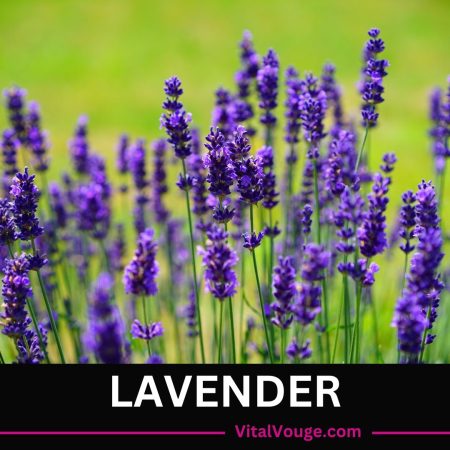
10. TULIPS: PERFECTION AND DEPTH OF EMOTIONS
Tulips are famous for representing deep and perfect love. People have loved these classic flowers for a long time. They are a great gift for anyone you care about, like your partner, kids, parents, or siblings. Giving tulips shows how much you love and appreciate them.
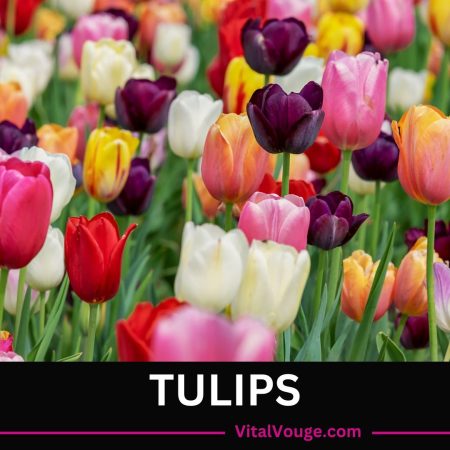
11. ORCHIDS: STRENGTH AND LUXURY
Orchids are beautiful flowers that symbolize elegance and power. They are often given as gifts to show respect and affection. Because of their unique look, orchids are popular for special events like weddings and parties, representing luxury and sophistication. Overall, they are a lovely way to express admiration and appreciation.
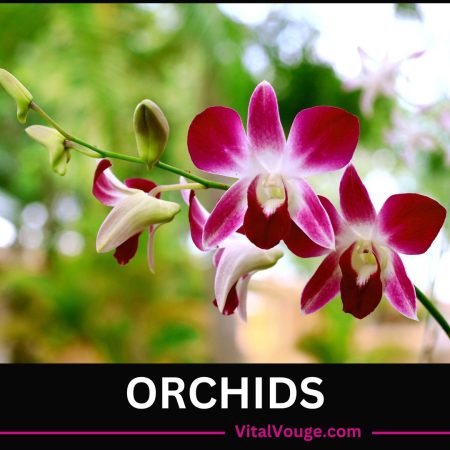
12. DAFFODILS: REBIRTH AND HOPE
Daffodils stand for rebirth and hope, making them a great spring flower. They also show resilience because they survive the winter and bloom when the days get longer. They also represents birth and new life, so it’s wonderful to say “congratulations on your new baby” or “ congratulations on your new job” with a bouquet of lovely daffodils. Their bright look reminds us of new beginnings and the arrival of warmer weather.

13. HIBISCUS: FAME AND BEAUTY
Hibiscus flowers represent youth, beauty, and fame. They have short lives but can grow back if cared for, reminding us to enjoy beautiful moments. In many cultures, hibiscus is seen as a feminine flower. In North America, it symbolizes a perfect woman. In Victorian times, giving a hibiscus showed appreciation for someone’s beauty. In China, it represents the shortness of fame.
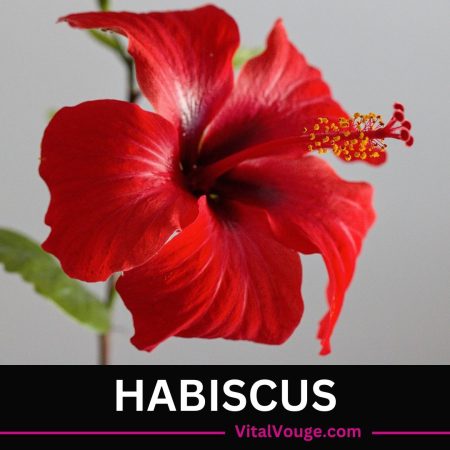
CONCLUSION
Hence proved flowers have their own beautiful aromatic language full of emotions and feelings. Flowers can be for everyone, from everyone from kids to old, on all the occasions and for events to represents someone’s closeness, companionship and happiness for others.




sach a informative article